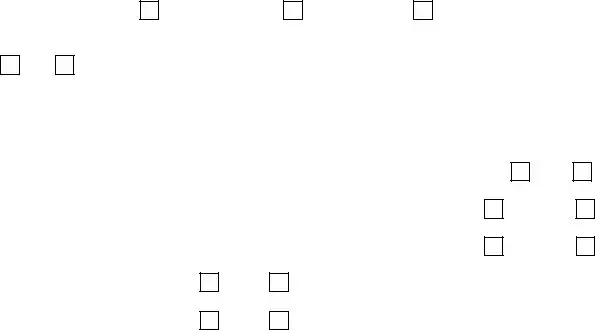In today's complex workforce landscape, navigating unemployment benefits can be confusing, particularly when discrepancies arise between recorded wages and actual earnings. The State of Michigan's UIA 1718 form, central to resolving such discrepancies, serves as a crucial tool for claimants seeking to correct or update wage information tied to their unemployment claims. The process, governed by the Department of Labor and Economic Opportunity and outlined in the document, demands careful attention to detail. When a claimant's Monetary Determination - a summary of reported wages by employers - does not reflect accurate earnings, either due to underreporting or omission, this form becomes the remedy. By completing the UIA 1718, claimants provide a detailed account of their wages directly to the Unemployment Insurance Agency (UIA), thereby enabling a more accurate reassessment of their benefit eligibility and amounts. Specifically, the form requires information on employment details, quarterly wage data, and, crucially, substantiating evidence such as pay stubs or W-2s. The form not only underscores the importance of precision in unemployment insurance reporting by both employers and employees but also reflects the system's adaptability in correcting errors to ensure fair benefits distribution. Moreover, the requirement for claimants to certify the truthfulness of their submission underscores the balance between offering recourse for inaccuracies and deterring fraudulent claims. Through the lens of the UIA 1718, we glimpse the broader mechanisms at play in safeguarding the integrity and efficacy of unemployment insurance processes.


